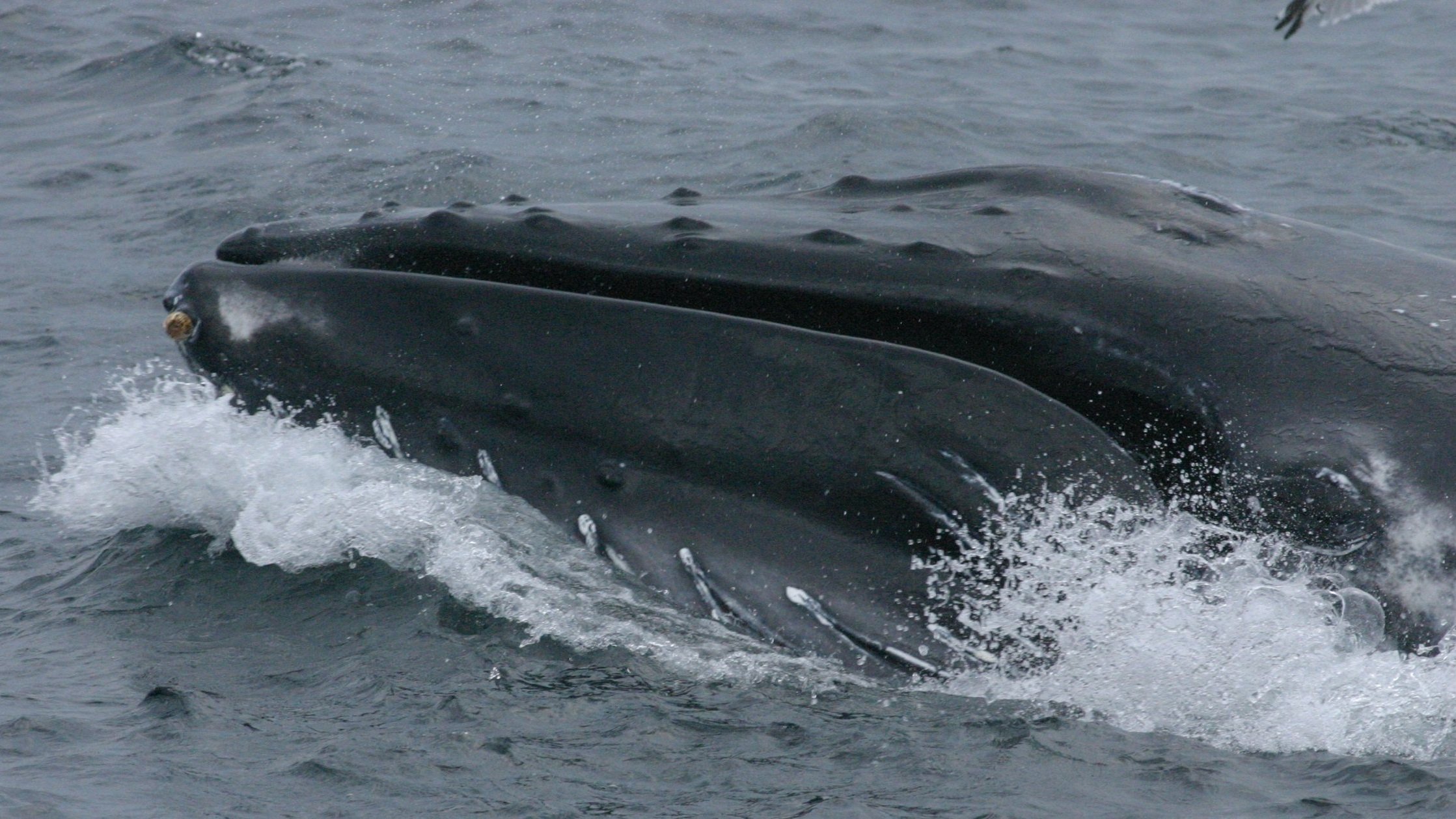How Do Whales Sleep? And other Amazing Adaptations to Life Under the Sea
Whales are incredible creatures with a fascinating evolutionary journey. Although mammals, their morphology is far removed from their terrestrial cousins.
Over 60 million years ago, the common ancestor to all whales, dolphins and porpoises (collectively known as cetaceans) roamed on land. Since taking to an aquatic life, they’ve adapted in remarkable ways to thrive in oceans across the globe; from icy polar waters to warm tropical seas. Let’s dive into some of their most astonishing adaptations.
An artist's impression of what Pakicetus, an early ancestor of the whale, might have looked like, source: When whales walked on four legs | Natural History Museum
SLEEPING WITH ONE EYE OPEN
Unlike humans, cetaceans cannot fall into a fully unconscious state; as conscious breathers, they must remain aware to breathe. Instead, they sleep by shutting down one half of their brain at a time - a process known as unihemispheric slow-wave sleep. While one hemisphere rests, the other stays alert to ensure they surface for air and stay vigilant for threats. This ability allows them to “sleep” while still swimming, a crucial adaptation for survival benneath the waves.
LIMBS TO FINS
Whales evolved from land mammals with limbs, to a torpedo-shaped body, minimizing drag in the water. Their forelimbs have evolved into flippers for steering, while their hind limbs have nearly disappeared - though modern whales still have tiny pelvic bones as a nod to their terrestrial past. The tail evolved into a horizontal fluke for propulsion (although it’s worth noting there are no bones in the fluke itself). Over time, whale bones became less dense, helping them remain buoyant to make swimming and diving easier.
A STREAMLINED MAKEOVER
To better navigate aquatic environments, whales shed their fur and developed a thick layer of blubber. This adaptation keeps them warm and improves their hydrodynamics. However, some cetaceans, like dolphins, retain tiny hair follicles near their snouts during their embryonic stage - a throwback to their furry ancestors. Furthermore, some whales - like humpbacks - still sport sensory hairs called vibrissae on their heads. These tiny hairs, connected to nerve endings, likely help detect changes in water movement and nearby prey.
AMAZING AUDITORY
Cetaceans rely heavily on sound for communication, navigation, and hunting. Their ears are adapted to detect sound underwater, using specialised fat pads in their jaws to transmit sound to the inner ear. Toothed whales like dolphins and sperm whales take this a step further with echolocation, developing sophisticated sonar to "see" in dark or murky waters. Deep-diving species even use these skills to hunt in extreme environments like the midnight zone. Baleen whales, on the other hand, use low-frequency calls that can travel for thousands of miles, keeping them connected across vast distances.
TEETH V’S BALEEN
A section of minke whale baleen
Some 30 million years ago, a group of whales began to develop a new way of feeding. These whales evolved baleen - comb-like plates that act as filters, allowing them to consume vast amounts of tiny prey like krill and plankton in one gulp. The evolution of baleen likely played a key role in allowing whales to grow larger. This adaptation helped species like the blue whale, the largest animal ever, consume enough food to fuel their enormous size. Meanwhile, toothed whales – such as dolphins and killer whales - retained teeth for hunting, showcasing the diverse feeding strategies within cetaceans.
These incredible adaptations remind us just how remarkable and resilient whales, dolphins, and porpoises are. But they still face many threats, from climate change and biodiversity loss, even a much-loved community of killer whales off Scotland’s coast will become extinct in our lifetime. By understanding and appreciating these animals, we can take steps to protect them for future generations.






